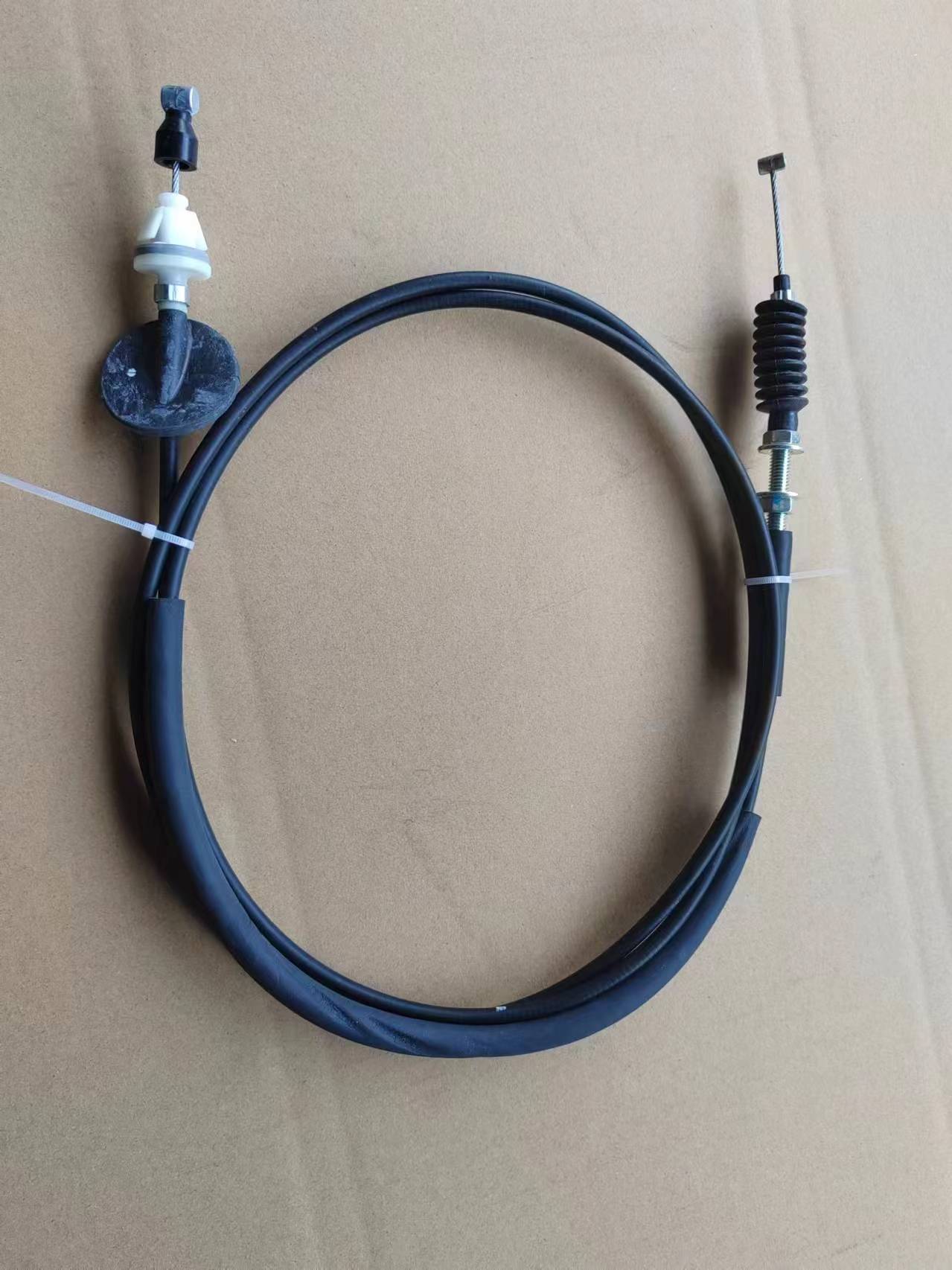Understanding the Role of Carburetor Accelerator Cables in Engine Performance and Efficiency
Understanding the Carburetor Accelerator Cable A Key Component in Vehicle Performance
The carburetor accelerator cable is a crucial component in the functioning of many internal combustion engine vehicles, particularly those utilizing carbureted systems. While modern vehicles have increasingly shifted towards fuel injection systems for enhanced efficiency and performance, understanding the role of the accelerator cable in carbureted engines remains essential for enthusiasts, mechanics, and classic car owners.
At its core, the carburetor accelerator cable is responsible for transmitting the driver's acceleration input from the gas pedal to the carburetor. When the driver presses the accelerator pedal, the cable, which is typically composed of a steel wire encased in a protective sheath, moves accordingly. This movement pulls on a lever mechanism in the carburetor, opening the throttle and allowing more air and fuel to enter the engine, thereby increasing power output and speed.
The Functionality of the Accelerator Cable
The design of the accelerator cable varies among different vehicles, but its fundamental operation remains consistent. The cable is fixed at one end to the accelerator pedal and to the throttle linkage on the carburetor at the other. As the accelerator pedal is depressed, the cable must smoothly and efficiently transfer that motion without slack or delays. This ensures a responsive and enjoyable driving experience.
One of the critical aspects of a functioning accelerator cable is its calibration and tension. If the cable is too loose, it may lead to an unresponsive throttle, resulting in sluggish acceleration. Conversely, if it is too tight, it can cause the throttle to stick open, which is dangerous and can compromise safety. Regular inspection and adjustment of the accelerator cable can help maintain the intended performance of the vehicle.
carburetor accelerator cable

Signs of Wear and Needs for Replacement
Over time, an accelerator cable can experience wear and tear due to exposure to heat, dirt, and friction. Common signs that the cable may need to be replaced include unusual noises during acceleration (such as clicking or binding), a sluggish response when pressing the pedal, or a noticeable increase in effort required to accelerate. Additionally, visible fraying or damage to the cable itself is a sure sign that it’s time for a replacement.
Replacing the accelerator cable is typically a straightforward task for a DIY mechanic, although certain complexities may arise depending on the vehicle's design. Basic tools, including wrenches and screwdrivers, are usually all that is required to complete the job. It involves removing the old cable from its anchor points, ensuring the new cable is properly routed to prevent kinks or binding, and adjusting tension for optimal performance.
Conclusion
In conclusion, while the carburetor accelerator cable may often be taken for granted, it plays a significant role in driving performance and safety. Understanding its operation, recognizing the signs of wear, and knowing when to replace it are essential for maintaining a vehicle equipped with a carbureted engine. As automotive technology continues to evolve, classic car enthusiasts and owners of older vehicles must keep a keen eye on this component to ensure that they experience the full potential of their rides. Proper maintenance of the accelerator cable not only enhances driving enjoyment but also contributes to the overall longevity and performance of the vehicle.
-
Upgrade Your Control with Premium Throttle CablesNewsAug.08,2025
-
Stay in Control with Premium Hand Brake CablesNewsAug.08,2025
-
Experience Unmatched Performance with Our Clutch HosesNewsAug.08,2025
-
Ensure Safety and Reliability with Premium Handbrake CablesNewsAug.08,2025
-
Enhance Your Vehicle with High-Performance Clutch LinesNewsAug.08,2025
-
Elevate Your Ride with Premium Gear CablesNewsAug.08,2025
